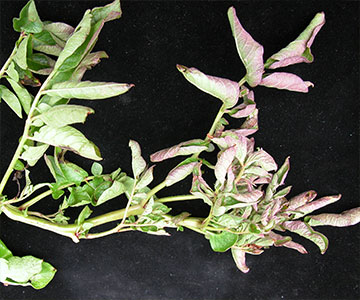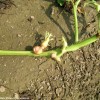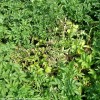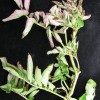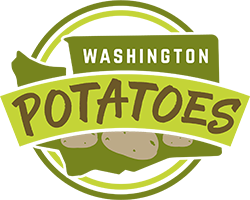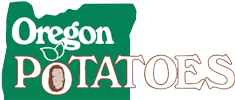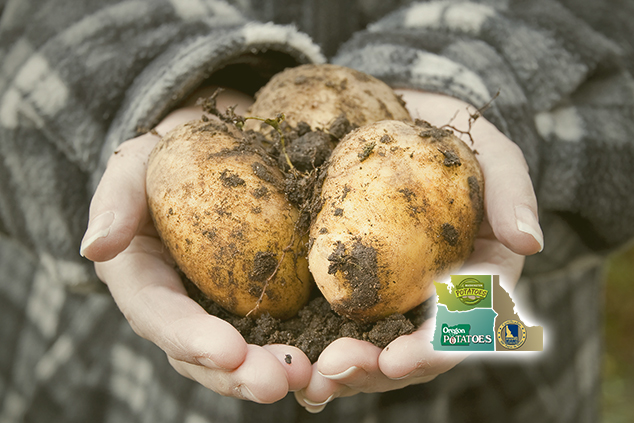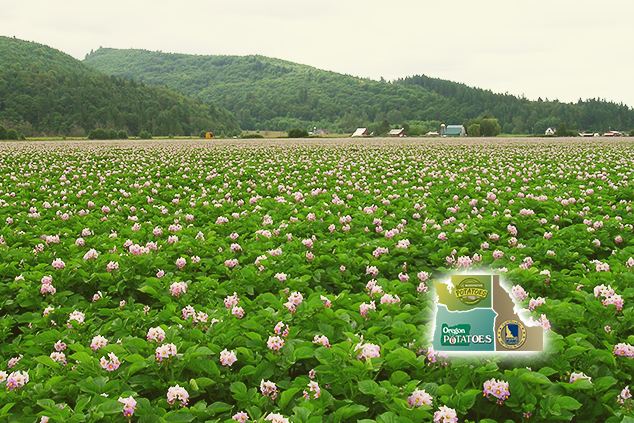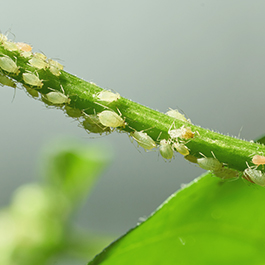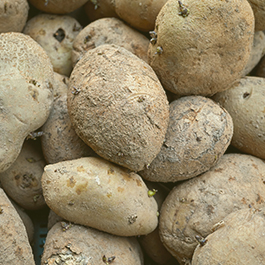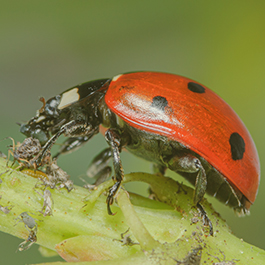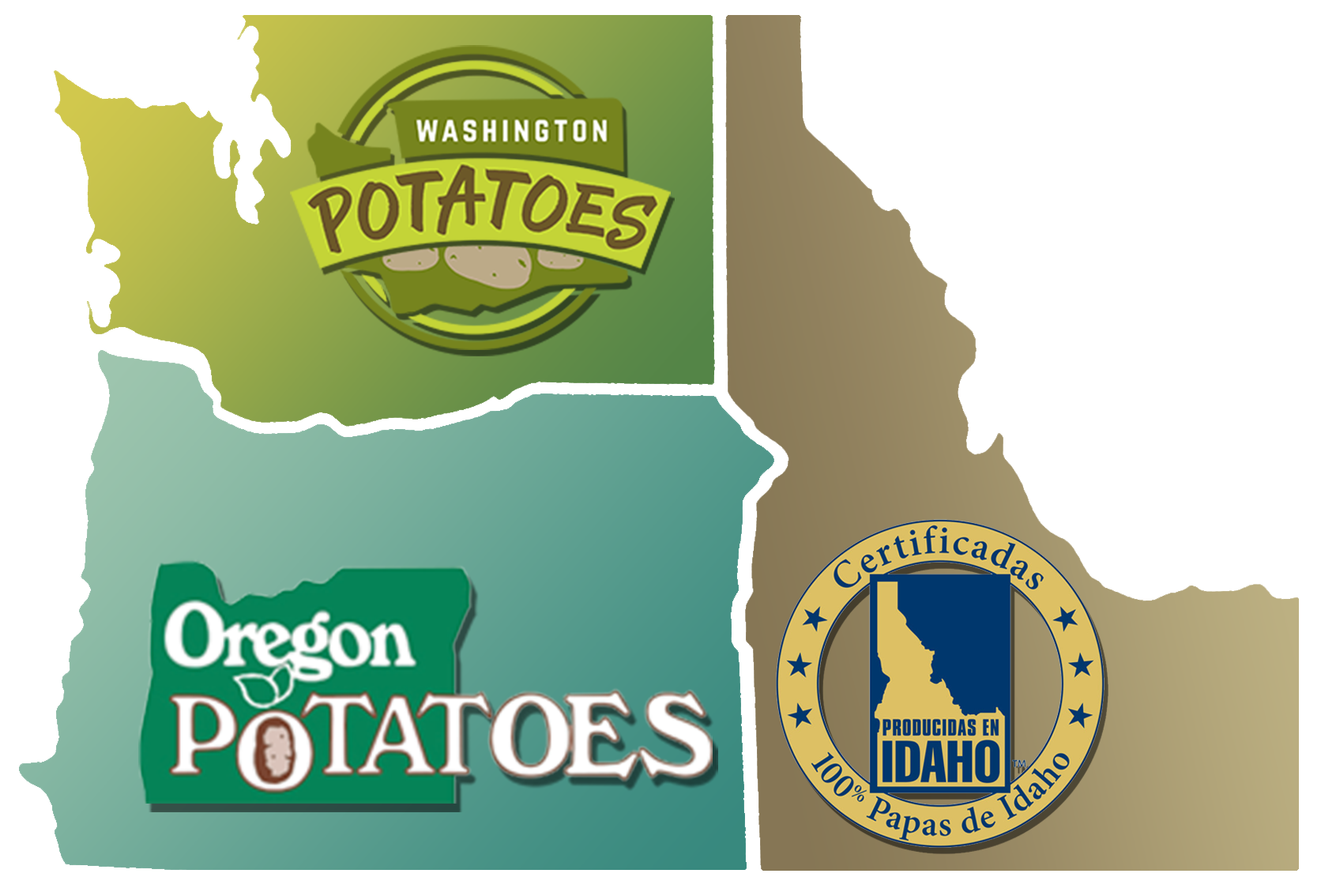Purple Top
General Information:
Symptoms of purple top include curled and discolored leaves, axial bud growth resulting in a bushy plant, swollen nodes, and sometimes aerial tubers.
Causal Agent:
The Columbia Basin Purple Top Phytoplasma (a.k.a. BLTVA).
Biology:
The purple top phytoplasma lives inside its beet leafhopper insect vector and can infect many plant species including potato, tomato, and various weeds. Early-season transmission is most likely to impact yield and/or crop quality.
Management:
Monitor beet leafhopper populations in your area (see below and this page for more details on insect trapping). In areas of high risk, the only clear management strategy is well-timed insecticide applications aimed at migrating beet leafhoppers.

